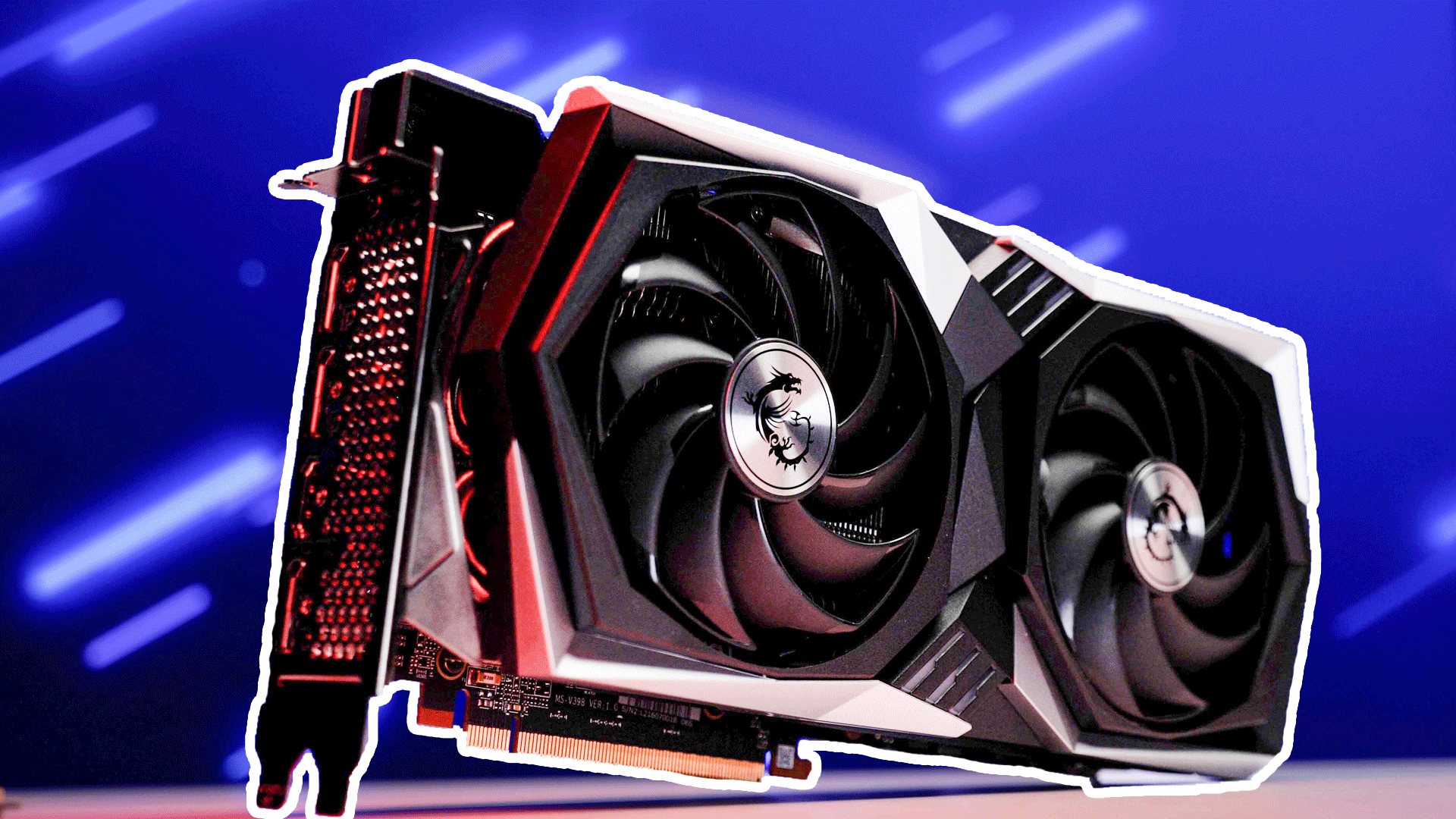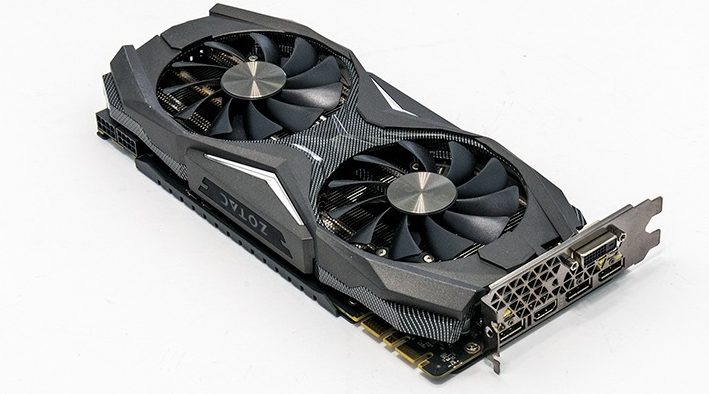To fully test the abilities of a given video card, we have used a blend of in-game benchmarks and custom recorded real-world game benchmarking. For custom game play we have used FRAPS to record the minimum and average frame rates and to do so for a set period of time. All tests were run a minimum of four times and the scores are the average of all four runs.
All games were patched to their latest version. The OS was a fresh clean install of Windows 10 with all latest hotfixes, patches and updates applied. All games were tested at the three of the most popular resolutions of 1080P (1920×1080), then at 1440P (2560×1440), and again at 4K (3840×2160). This means each game’s tested was run a minimum of 12 times: 4 @ 1080P, 4 @1440P, 4@4K. Before testing Unigine’s Valley benchmark was run for 15 minutes to ‘warm up’ the video card. This was done to ensure that long term performance and not short term performance is being illustrated.
The games used for testing were:
Assassins Creed: Odyssey
Battlefield 1
Battlefield 5
Borderlands 3
Call of Duty: Black Ops 5
Crysis 3
Farcy New Dawn
Facry 5
Grand Theft Auto: V
Hitman 2
Metro Exodus
RAGE 2
Red Dead Redemption 2
Shadow of the Tomb Raider
Strange Brigade
Tom Clancy’s The Division 2
Watch Dogs Legion
Witcher 3
For stress testing we used Unigine’s Valley benchmark.
For overclocking we used either the manufactures included software overclocking program or if necessary EVGA’s Precision X program.











